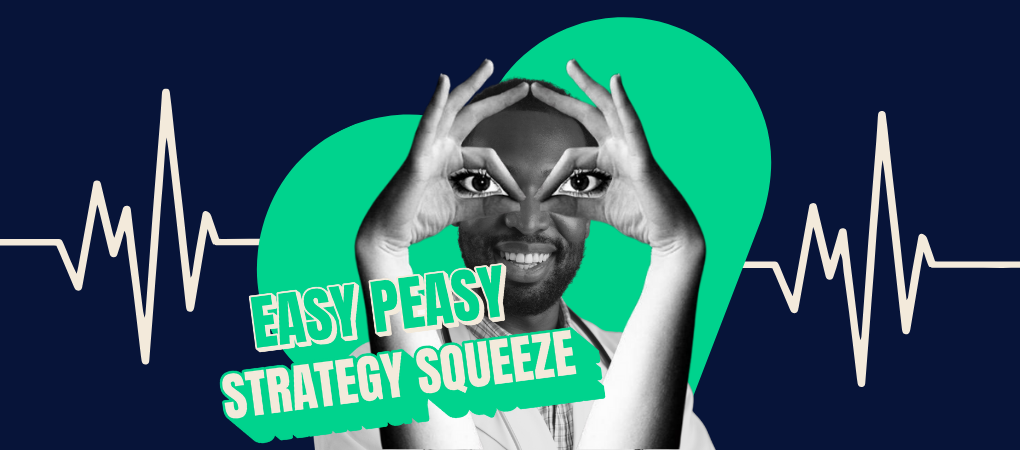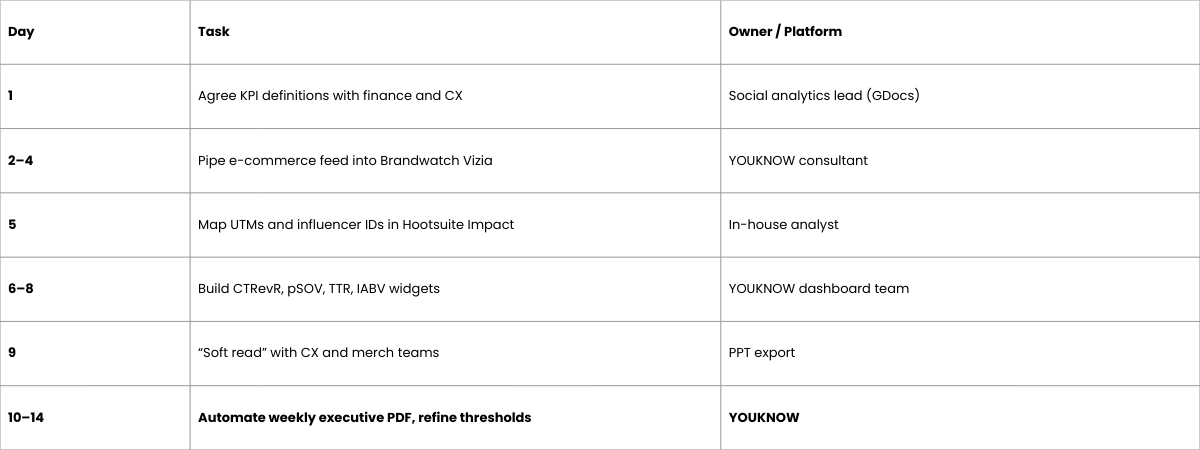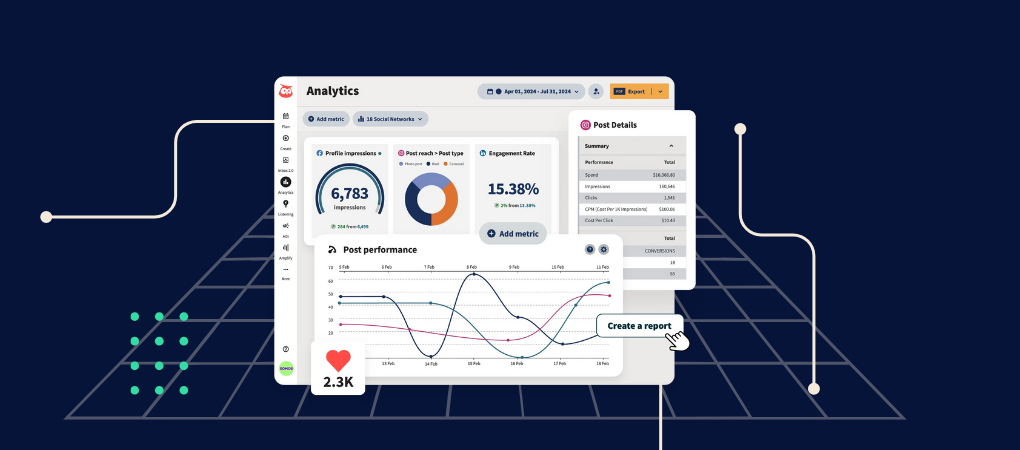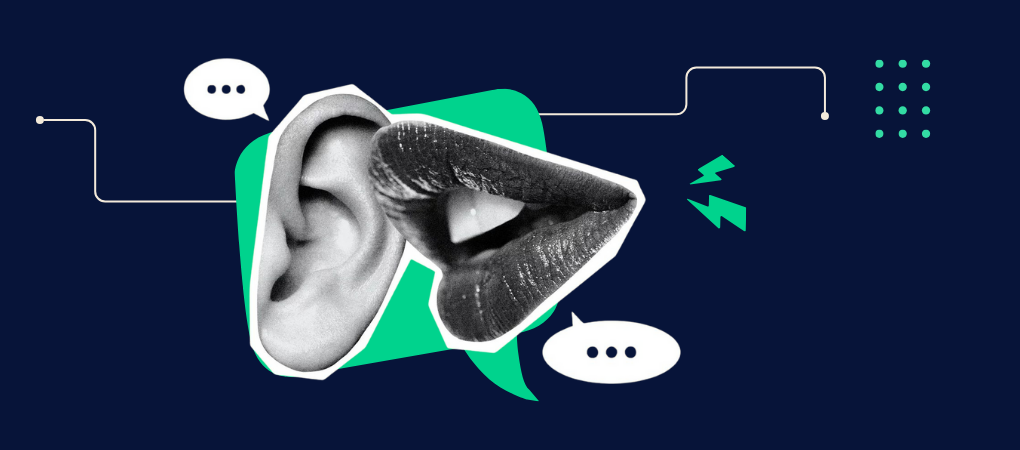You have seen it happen before.
A quirky snack flavour lands on Woolworths’ shelves, goes viral on TikTok, and suddenly every competitor is scrambling to “launch” their version. By the time you are briefing the design team, the hype has already peaked.
That is the cruel truth about trends: they do not politely wait for your approval process. They move quickly, they are unpredictable, and if you are not spotting them early, you are playing catch up.
But here is the upside: you can see the signals before they break. All it takes is the right [social listening platforms like Brandwatch] (Awareness) and a mindset shift from reactive to proactive.
Why Early Trend Detection Wins in Retail & FMCG
For Insights Teams in retail and FMCG, speed is not just about launching first, it is about being right first.
Early trend detection means you can:
- Align stock and supply with what is about to hit demand.
- Refine messaging while the conversation is still fresh and uncluttered.
- Secure partnerships or influencer tie ins before competitors flood the space.
In retail, that could be the difference between selling out in a week or running a clearance sale in six months.
From Noise to Signals: How Social Insight Does the Heavy Lifting
Scrolling your own brand mentions will not cut it. You need to look at the broader cultural conversation.
That is where platforms like Brandwatch come in. With access to billions of online conversations, including official data from TikTok, LinkedIn, and Instagram, you can:
- Spot niche hashtags and content formats before they trend.
- Track product mentions and sentiment shifts in real time.
- Set alerts so your team never misses a spike in conversation.
Think of it as moving from “Oh no, we missed it” to “We called it first.”
The Woolworths Example
Woolworths has built a reputation for being ahead of the curve, from ready meal launches to limited edition treats.
They are not guessing. They are using social and market data to anticipate what customers will want, not just what they already buy.
By monitoring conversation patterns and pairing them with seasonal insights, they can confidently launch products that feel instantly relevant. The [FOMO drives the sales]
Turning Trends Into Action
Spotting a trend is one thing. Knowing how to act is another.
Here is how to go from detection to domination:
- Use trend cards to summarise what is emerging and why it matters.
- Alert the right teams, merchandising, marketing, supply chain, the same day you spot it.
- Experiment small before scaling. Pilot campaigns or limited drops can test if the trend has legs.
.avif)



.jpg)

























.svg)